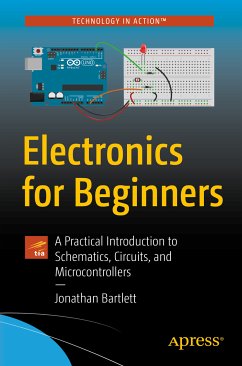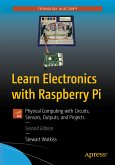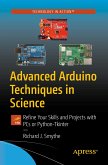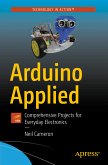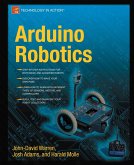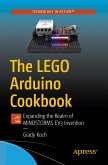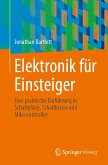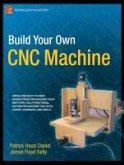Jump start your journey with electronics! If you've thought about getting into electronics, but don't know where to start, this book gives you the information you need. Starting with the basics of electricity and circuits, you'll be introduced to digital electronics and microcontrollers, capacitors and inductors, and amplification circuits - all while gaining the basic tools and information you need to start working with low-power electronics.
Electronics for Beginners walks the fine line of focusing on projects-based learning, while still keeping electronics front and center. You'll learn the mathematics of circuits in an uncomplicated fashion and see how schematics map on to actual breadboards. Written for the absolute beginner, this book steers clear of being too math heavy, giving readers the key information they need to get started on their electronics journey.
You will:
- Review the basic "patterns" ofresistor usage-pull up, pull down, voltage divider, and current limiter
- Understand the requirements for circuits and how they are put together
- Read and differentiate what various parts of the schematics do
- Decide what considerations to take when choosing components
- Use all battery-powered circuits, so projects are safe
Dieser Download kann aus rechtlichen Gründen nur mit Rechnungsadresse in A, B, BG, CY, CZ, D, DK, EW, E, FIN, F, GR, HR, H, IRL, I, LT, L, LR, M, NL, PL, P, R, S, SLO, SK ausgeliefert werden.
Hinweis: Dieser Artikel kann nur an eine deutsche Lieferadresse ausgeliefert werden.

